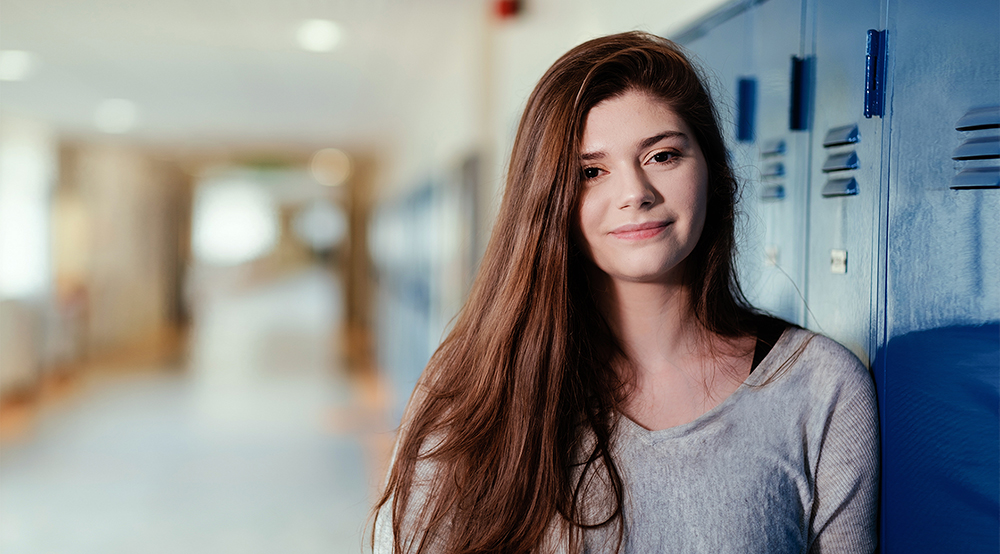Unsolicited: Mixed Opinions

By Yasmin Washbrook, April 2024

For the past few years, I'd intended to enter the Visualising Research Competition. Race equality is a core theme in my research, and sharing that felt daunting, so I refrained. In 2023, I went ahead and submitted my entry. I have been involved in Race Equality work for the past couple of years at the university and as a result, I have started to feel more confident in engaging in activities where I can embrace my identity and openly portray my experiences as a ‘mixed-race' person, through my research and practice. Historically, academia has overlooked the experiences of Black and Brown people in research with much less concerning the lived experiences or personal narratives of ‘marginalised groups’.
Last year, the university committed to undertaking an ongoing and lengthy process towards fostering a more inclusive environment, in agreeing to pursue the bronze Race Equality Chater award; this, paired with ongoing race equality projects that are happening at department level, has subsequently led to my observation of subtle culture shifts towards embracing equality and equity. I recognise that more work is required, but fuelled by this hope of culture change, I submitted "Unsolicited: Mixed Opinions," an autoethnographic piece exploring some of my lived experience as a ‘mixed-race’ woman. I hoped that by submitting my piece, I could spark further conversations, reflection and action around race equality and support others to feel comfortable in doing the same. Winning wasn't the expectation, although I am appreciative of this; but simply having my entry accepted, validated my sense of belonging and the value of my contributions in this area.
Finding Voice: Autoethnography and Collaborative Autoethnography
Autoethnography (AE) and Collaborative Autoethnography (CAE) are examples of methodologies that facilitate the empowerment of marginalised voices in research. These methods position the researcher/s as participant/s, enabling them to offer counter-narratives that challenge dominant perspectives in their lived experiences (Washbrook & Beacon, 2022). AE and CAE, employ methods that enable the research-participant/s to generate rich qualitative data, which can be explored and analysed with a reduced risk of misinterpretation, as opposed to traditional forms of research, where the researcher sits ‘outside’ of the phenomenon they study (Chang, et al., 2016).
My Artwork: "Unsolicited: Mixed Opinions"
My image, "Unsolicited: Mixed Opinions," utilizes AE principles. Reflective materials helped the research-participants (including myself) explore their lived experiences as ‘mixed-race’ women from childhood to adulthood, as data generation, artefact development and thematic analysis. The resulting artwork captures "unsolicited opinions" – labels, questions, and perceptions – that reflect our experiences of societal perceptions. This piece serves as a powerful example of "insider-led" research, prompting analysis of both commonalities and variations in our realities. The image portrays inappropriate perceptions and language surrounding ‘mixed-race’ experiences. By showcasing these "unsolicited opinions," the artwork highlights the significance of counter-narratives in bringing these issues to light. Through my work with the Race Equality Charter (REC) project at the university, I'm committed to using counter-narratives alongside data analysis, both qualitative and quantitative. This combined approach will aim to inform tangible actions within the REC plan, ultimately driving meaningful change towards racial equality.
The submission process: Demystified
Beyond my personal growth, another factor motivated me to enter the competition. A brief meeting with last year's winner revealed the process was far less intimidating than I imagined. It involved resizing my image, uploading and submitting it with a brief summary or abstract via email.
This competition helps to address a common challenge in academia- limited time to engage with colleagues' research. By showcasing visual representations in the gallery, it allows for quick connections between research areas. It's been truly rewarding to see my work recognised and displayed alongside others. To anyone considering participating – do it! Please share your hard work (and you might win some cash).
